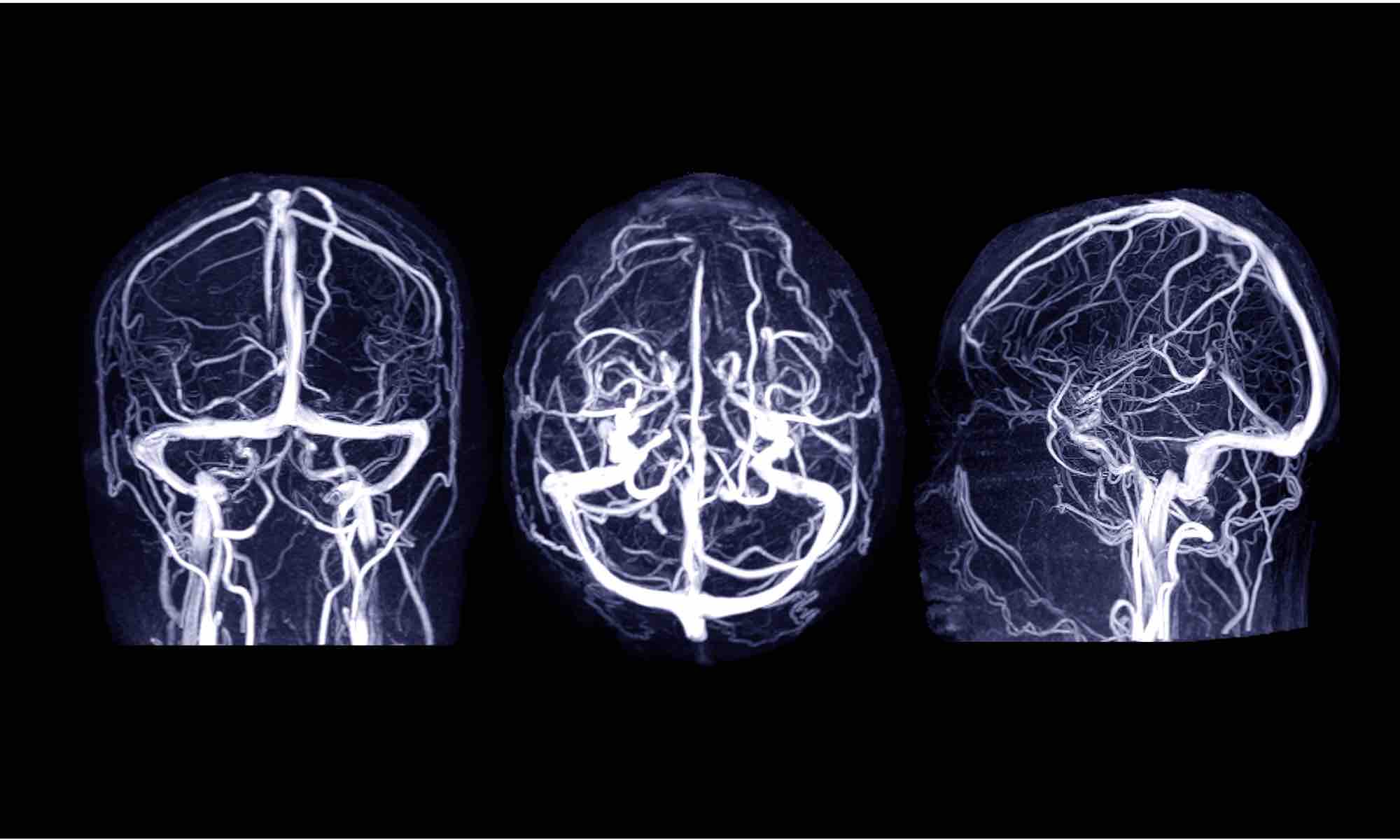

April 27, 2020
Typically, when a patient has a stroke, medical teams focus primarily on discovering the root cause, and rehabilitation becomes a secondary concern a few days later. Johns Hopkins is believed to be the first institution to flip that model, incorporating rehabilitation professionals such as physiatrists and physical therapists, occupational therapists, speech therapists and psychologists into patient care teams for stroke patients within the first 24 to 36 hours of hospital admission.
“It’s team-based science and medicine in order to get the patient the best outcome,” says Johns Hopkins physiatrist April Pruski, a stroke and brain injury rehabilitation specialist. “Through early intervention and mobilizing patients sooner, we can help prevent the secondary complications of bed rest and immobility — and also help plan holistically which functional improvements to look for and what level of care would be best suited for them.”
Early in the course of hospitalization for stroke recovery, patients receive up to two 30-minute physical therapy sessions, two 30-minute occupational therapy sessions, and two 30-minute speech therapy sessions per day. The physical therapy assessment includes a review of how well patients can move around in bed, how well they can transfer in and out of bed from a wheelchair and how well they can walk, Pruski says. Occupational therapists evaluate how the patient performs their activities of daily living, such as getting themselves dressed and bathed, and preparing their medication. The speech therapist evaluates how the patient communicates and if there any thinking difficulties. From there, the therapy team designs their rehabilitation work.

If patients do well with mobility in bed and transfers but have some balance issues when walking, the team will focus on exercises to improve balance. If they have paralysis on one side, the team teaches them how to improve range of motion on the affected side. If one hand is weak, the occupational therapist will leave the patient with an in-room exercise program to continue outside of designated therapy times.
“We’re seeing that earlier therapy can be done safely and that patients appreciate the service,” says Pruski. “They feel like they’re healing and recovering sooner and that they’re working toward functional independence. Some patients, instead of going to an acute rehabilitation unit, have been able to graduate more quickly to outpatient care and be in the comfort of their own homes sooner.”
Early, intense rehabilitation for hospitalized patients is being used in additional services at Johns Hopkins, too. For example, for the past several years, the intensive care units have employed early physical medicine and rehabilitation interventions, such as getting patients up and walking, aiming to prevent weakness and physical impairments that occur during critical illness. In 2010, Johns Hopkins research published in Topics in Stroke Rehabilitation showed how this practice led to earlier discharges from the ICU and shorter overall hospital stays. A 2017 pilot program for medically complex patients undergoing kidney or liver transplant will soon be reinstated as well.
“Hopefully, with precision medicine in the future, this intervention will benefit all sorts of different patient populations,” Pruski says. Still to be fine-tuned, she says, is how to identify certain patient populations at the right time to give the right amount of therapy.
Learn more about the Brain Injury and Stroke program in the Department of Physical Medicine and Rehabilitation.

